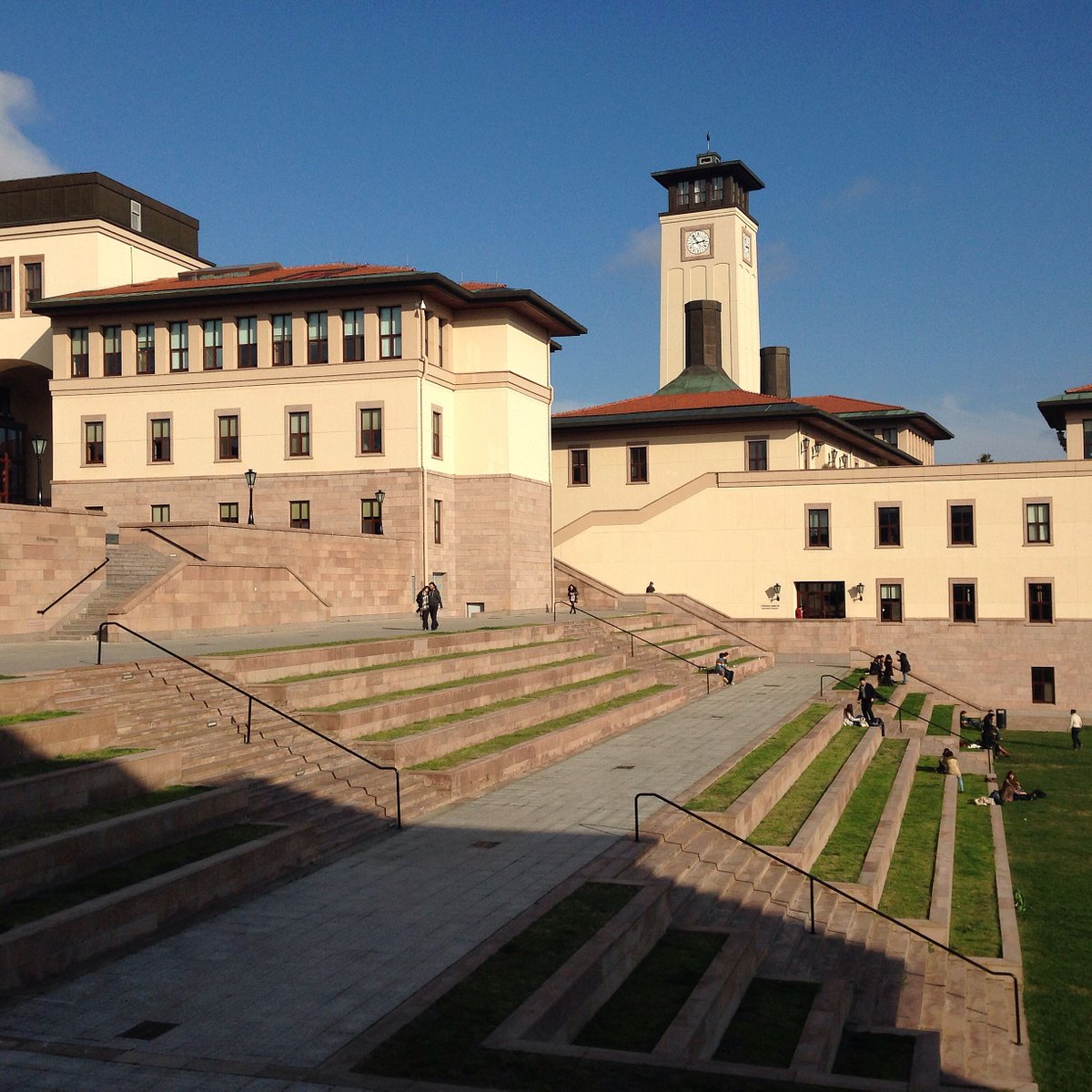ÖNE ÇIKAN ETKİNLİKLER
It is still there. The different roles played by the Policy State and the trajectories of governance
Bologna Üniversitesi siyaset bilimi ve kamu politikası profesörü Giliberto Capano’yu 2 Mayıs 2024'de, “It is still there. The different roles played by the Policy State and the trajectories of governance” konulu bir konuşma yapmak üzere ağırlamaktan

CASE 127

2024-05-02 17:15
Tüm Etkinlikler
17 sonuçtan 1-10 arası gösteriliyor

It is still there. The different roles played by the Policy State and the trajectories of governance
Bologna Üniversitesi siyaset bilimi ve kamu politikası profesörü Giliberto Capano’yu 2 Mayıs 2024'de, “It is still there. The different roles played by the Policy State and the trajectories of governance” konulu bir konuşma yapmak üzere ağırlamaktan

CASE 127

2024-05-02 17:15
Academic Calendar
Showing 1-8 of 123 result
Final Examinations
UGRD, MS/MA, PhD

January 16-25
Additional Final Days
UGRD, MS/MA, PhD

January 16-25
Semester Break
UGRD, MS/MA, PhD

January 16-25
Make-Up Exams
UGRD, MS/MA, PhD

January 16-25
Apr 29, 2024
1 sonuçtan 1-1 arası gösteriliyor

Tam Burslu Programlar ve Araştırma Olanakları Bilgilendirme Toplantısı
Tezli Yüksek Lisans ve Doktora programlarımızdaki eğitim deneyimini, burs ve araştırma olanaklarını akademik kadromuz ve yöneticilerimizden dinleyin! Kayıt için tıklayın.

Zoom (Online)

2024-04-29 18:30
29-04, 24 - 29-05, 24
17 sonuçtan 1-10 arası gösteriliyor

Tam Burslu Programlar ve Araştırma Olanakları Bilgilendirme Toplantısı
Tezli Yüksek Lisans ve Doktora programlarımızdaki eğitim deneyimini, burs ve araştırma olanaklarını akademik kadromuz ve yöneticilerimizden dinleyin! Kayıt için tıklayın.

Zoom (Online)

2024-04-29 18:30

Fizik Semineri - Cem Eröncel
Tanıtım metni yalnızca İngilizce hazırlanmıştır. Sağ üstteki dil seçeneğini kullanarak İngilizce içeriği ziyaret edebilirsiniz.

SCI 103

2024-05-02 14:30

It is still there. The different roles played by the Policy State and the trajectories of governance
Bologna Üniversitesi siyaset bilimi ve kamu politikası profesörü Giliberto Capano’yu 2 Mayıs 2024'de, “It is still there. The different roles played by the Policy State and the trajectories of governance” konulu bir konuşma yapmak üzere ağırlamaktan

CASE 127

2024-05-02 17:15

BUSINESS ADMINISTRATION ORCIBS SEMINAR
Tanıtım metni yalnızca İngilizce hazırlanmıştır. Sağ üstteki dil seçeneğini kullanarak İngilizce içeriği ziyaret edebilirsiniz.

CASE 124

2024-05-03 11:00

ORCIBS Semineri - Özgen Karaer
Tanıtım metni yalnızca İngilizce hazırlanmıştır. Sağ üstteki dil seçeneğini kullanarak İngilizce içeriği ziyaret edebilirsiniz.

CASE 124

2024-05-03 11:00

22. KUDANS Festivali
Koç Üniversitesi Dans Kulübü (KUDANS), her sene Türkiye'nin üniversiteler arasındaki en büyük dans festivali olan KUDANS Festivali’ni gerçekleştiriyor.

SGKM

2024-05-06 08:00

Dans Kamera İstanbul
Dans Kamera İstanbul, kamera için özel olarak yaratılmış sinematografik koreografilerin/dans filmlerinin alanındaki en iyi yerel ve uluslararası örneklerini sunuyor.

Mava Stüdyo

2024-05-06 18:30

Rain Lab: İdil Meşe & Da Poet feat.Can Ömer Uygan
Rain Lab, Türk müzik sahnesinde alternatif ve elektronik müziğin dikkat çekici isimlerinden İdil Meşe ve Da Poet tarafından kurulan bir müzik projesi.

SOS Avlu

2024-05-07 12:30

Toz
Betonların göğü henüz delmediği zamanlarda büyük şehrin sokaklarında, apartman önlerinde büyüyen bir kız çocuğu. Güzeller güzeli ev kadını anne ile titiz avukat babanın tek kızı: Handan.

SGKM

2024-05-10 19:00

KuMusical Gösterisi
Sanatın müzik, dans ve tiyatro gibi üç eşsiz dalını birlikte sunmayı hedefleyen KuMusical, 15-16 Mayıs'ta yine kendilerinin yazmış ve hazırlamış olduğu müzikal gösterisini sergileyecek. Sakın kaçırmayın!

SGKM

2024-05-15 08:00
310 sonuçtan 1-10 arası gösteriliyor

Tam Burslu Programlar ve Araştırma Olanakları Bilgilendirme Toplantısı
Tezli Yüksek Lisans ve Doktora programlarımızdaki eğitim deneyimini, burs ve araştırma olanaklarını akademik kadromuz ve yöneticilerimizden dinleyin! Kayıt için tıklayın.

Zoom (Online)

2024-04-29 18:30

MSc in Finance Bilgilendirme Oturumu
MSc in Finance Bilgilendirme Oturumu

Zoom

2024-04-26 18:00

AKMED KONFERANS - Ephesos - Limanlar Kenti
AKMED KONFERANS - Ephesos - Limanlar Kenti

AKMED Konferans Salonu

2024-04-26 17:30

ORCIBS Seminar - Mustafa Baydoğan
Tanıtım metni yalnızca İngilizce hazırlanmıştır. Sağ üstteki dil seçeneğini kullanarak İngilizce içeriği ziyaret edebilirsiniz.

CASE 124

2024-04-26 11:30

CE Faculty Seminar By Prof. Seda Keskin Avcı
Tanıtım metni yalnızca İngilizce hazırlanmıştır. Sağ üstteki dil seçeneğini kullanarak İngilizce içeriği ziyaret edebilirsiniz.

ENG 208

2024-04-26 11:00

MBGE SEMINAR by Dr. Hind Medyouf
Tanıtım metni yalnızca İngilizce hazırlanmıştır. Sağ üstteki dil seçeneğini kullanarak İngilizce içeriği ziyaret edebilirsiniz.

SCI 103

2024-04-26 11:00

Marketing Seminar- Erik Mooi
Tanıtım metni yalnızca İngilizce hazırlanmıştır. Sağ üstteki dil seçeneğini kullanarak İngilizce içeriği ziyaret edebilirsiniz.

CASE 127

2024-04-26 11:00

Career Readiness: Meet Up - Salary Negotiations
İŞ GÖRÜŞMESİNDE ÜCRET PAZARLIĞI

Student Council's Room

2024-04-26 11:00

Executive MBA Bilgilendirme Oturumu
Executive MBA Bilgilendirme Oturumu

Zoom

2024-04-25 18:00

SCIENCE COLLOQUIUM by Asha Rao
Tanıtım metni yalnızca İngilizce hazırlanmıştır. Sağ üstteki dil seçeneğini kullanarak İngilizce içeriği ziyaret edebilirsiniz.

SNA 103

2024-04-25 16:00
Etkinlik Bul







